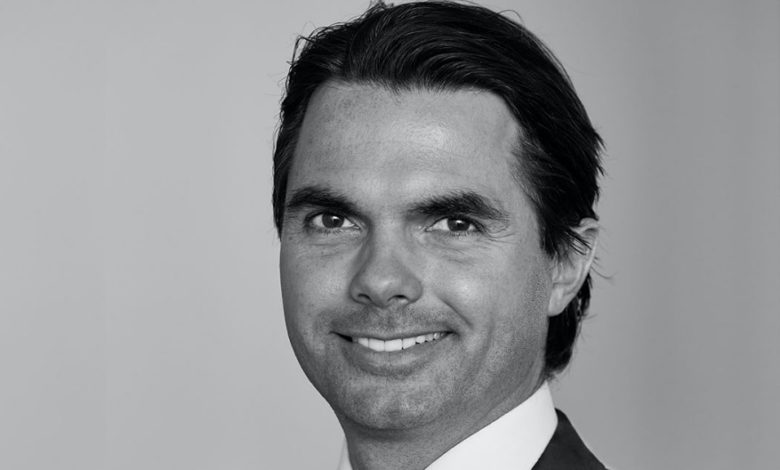2020 Bulkers: The case for newcastlemaxes

Norwegian pure play dry bulk vessel owner 2020 Bulkers is sailing full swing after completing its newbuilding programme this year.
Magnus Halvorsen, CEO of 2020 Bulkers, reckons that now capital discipline with regards to new investments is key to survival and profitability in the bulker market.
“We ordered our vessels at historically low levels in September 2017 and now that the full fleet is delivered, our focus is on managing these assets as well as possible for the benefit of our customers and shareholders,” says Halvorsen, adding that the company is not looking to further grow the fleet presently and is focused on returning capital to shareholders in the form of dividends.
Halvorsen used to serve as a partner at Pareto Securities from 2003 and in 2009 he participated in the build-up of Platou Markets, which was later merged into Clarksons Securities. He left Clarksons Platou in 2017 to join Tor Olav Trøim’s Magni Partners, where he worked on establishing 2020 Bulkers and later became the CEO of the company.
2020 Bulkers has invested a total of eight 208,000 dwt newcastlemax newbuildings and took delivery of the last of the ships in June this year. All the vessels have been fixed with time charter contracts.
The earnings premium generated by a modern newcastlemax compared to a standard capsize is undervalued
“With our low cashbreak even levels, combined with the earnings premium a newcastlemax is achieving versus a standard capesize we are optimistic on our ability to generate dividends going forward,” Halvorsen says.
According to Halvorsen, the company has spent a lot of time trying to deploy a sensible chartering structure with a sound balance of fixed and variable charter coverage to ensure it can weather the inevitable weak spots in the market.
“So far it has worked well as we have been profitable every quarter since the delivery of the first vessel,” Halvorsen says.
Talking about the rationale behind the investment of newcastlemaxes, Halvorsen believes the larger bulker segment is where the market sees the biggest upswing in rates and values as the cycle improves.
“We believe the earnings premium generated by a modern newcastlemax, compared to a standard capsize is undervalued compared to the price difference between a capesize and a newcastlemax, both in the newbuilding and secondhand market, which is why we preferred newcastlemaxes. We see that we are able to capture a significant premium, so that strategy is so far playing out well,” Halvorsen explains.
Halvorsen argues the low orderbook, combined with historically low ordering activity, should limit the supply growth in years ahead.
“2020 is a somewhat heavy delivery year for large bulkers, and we think the supply side dynamics will be very attractive in the coming years. The uncertainties around what may be the optimal propulsion systems for the future in light of increased environmental focus, combined with traditional lenders reducing their volumes, we believe will keep ordering limited going forward,” Halvorsen says. He reckons the biggest challenge this year has been the low export volumes out of Brazil, which hurt the market as a round voyage from Brazil to China is around 95 days versus approximately 35 days for an Australia-China round voyage and the lack of Brazilian volumes has hurt utilisation.
“The biggest risk going forward as we see it is potential disruptions both on the supply and demand side in case we see a worsening of the Covid situation in either the key importing or exporting markets,” Halvorsen warns.
“We are having the same issues as the rest of the industry when it comes to conducting crew changes on regular intervals. We take the wellbeing of the seafarers onboard our ships very seriously and are working closely with our technical managers to protect the safety and wellbeing of our crews while minimising potential disruptions for our charterers,” Halvorsen concludes.
This article first appeared in the latest issue of Maritime CEO magazine. Splash readers can access the full magazine for free by clicking here.
